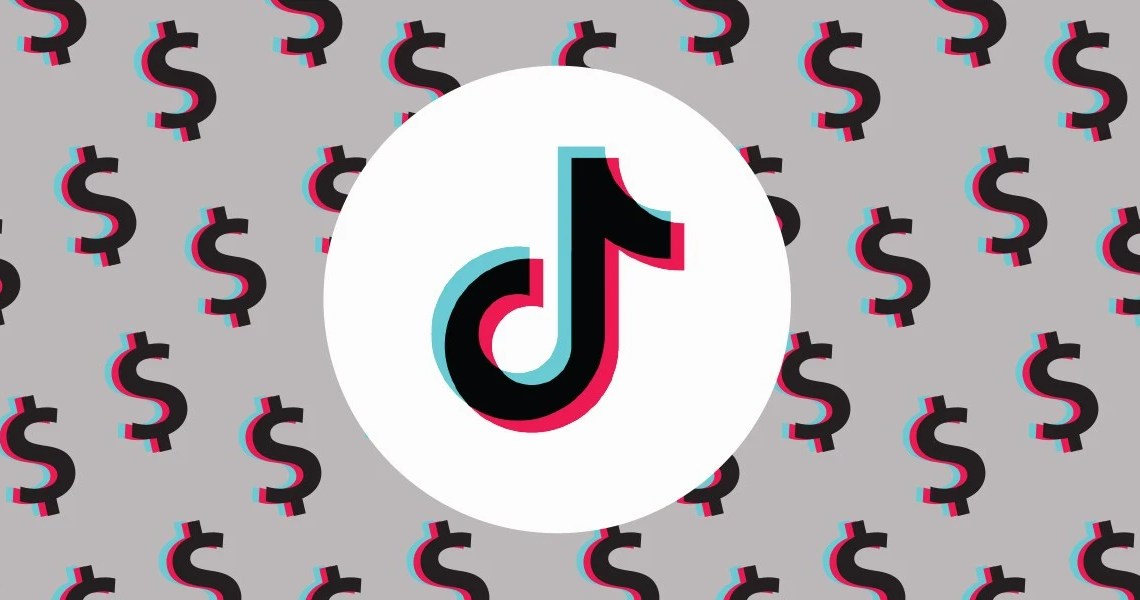As the potential TikTok ban becomes more likely, brands are preparing two strategies for January: one with TikTok and one without.
Glossy surveyed more than a dozen beauty execs, marketing professionals and agency leaders this week for a detailed account of how the industry will respond if, and when, it takes effect.
The ban became more likely on December 6 when a panel of judges upheld the ruling that TikTok must sell to an American company before January 19 or be banned from the U.S. app stores due to concerns around national security.
On Monday, TikTok and parent company ByteDance filed an emergency motion with the U.S. Court of Appeals in Washington D.C. in hopes that the Supreme Court will hear the case. Late Wednesday, the Justice Department asked the same court to reject the emergency bid, according to reporting on Thursday from Reuters.
This gives TikTok only two primary ways to save the app before January 19: SCOTUS taking the case or President Joe Biden granting a 90-day extension if it appears ByteDance is in the midst of a sale and needs more time to finish it without disturbing users. Both of these are unlikely, experts told Glossy.
That means it may be up to President-elect Donald Trump to assess the next steps when he enters office the next day, on January 20.
This conversation goes back to 2020 when then-President Trump said he planned to ban the app, but it wasn’t until TikTok added commerce with TikTokShop in September of 2023 that momentum rebuilt. TikTokShop has since become the eighth largest retailer in the U.S., according to NielsenIQ.
President Biden signed the new law into effect in April and on May 7, TikTok sued the government over the potential ban. Concern over TikTok’s algorithm and its ability to influence Americans through disinformation campaigns, as well as the large amount of data being collected by ByteDance about Americans, are the top concerns of those behind the ban. ByteDance’s primary argument is that the ban violates free speech.
ByteDance is fighting a similar ban now in Canada. So far, the government has forced the company to close its Canadian office until the rulings are complete.
In a twist to the story, Trump promised to save TikTok on the campaign trail, which leaves brands and agencies preparing for both outcomes.
Yuriy Boykiv, CEO of e-commerce and marketing agency Front Row, believes that the ban is likely to take place on January 19, but we’re unlikely to see a dramatic change overnight. Front Row has worked with top beauty and wellness brands including Ouai, Bumble & bumble, Seed, Bubble and Higher Dose, among others
“The ban will most likely take place on January 19, as planned, but the President-elect has the right to extend it for 90 days, which most likely will happen, and it will give time for another legal battle for another three months,” Boykiv told Glossy. “So that takes us to mid-April before we know for sure what’s going to happen. … From a brand’s perspective, it will remain unharmed.”
Either way, the ban won’t likely hit phones immediately — it will only impact its presence in the app stores. Existing TikTok apps will work for an additional few months until phone and operating systems are updated enough to leave the app inoperable.
Chatter among execs is that the ban becoming permanent has around 25% likelihood, Boykiv said. The biggest shift he’s seen is brands preparing to shift their budgets in January away from TikTok and into competing apps.
Every brand Glossy spoke to for this story is already divesting from TikTok and reallocating resources to Meta platforms like Instagram and Facebook, as well as Google-owned YouTube and its burgeoning Shorts feature.
According to Dash Hudson, audienceship has grown by 150% on YouTube Shorts in the past six months.
According to Coresight Research analyst Sunny Zheng, the ban will primarily hurt small, indie beauty brands and content creators.
“Medium and small merchants, retailers and content creators [should be] worried because, if they rely heavily on this platform, they’re going to lose a lot of sales,” Zheng told Glossy. “But major retailers like Sephora and Ulta are unlikely to be impacted — similar with Target, Walmart and Amazon — because they don’t really leverage this platform [in a meaningful way].”
Despite TikTok’s popularity, Facebook’s marketplace boosts more sales than TikTok, Zheng told Glossy, so she recommends brands diversify their social sales strategies. The same goes for creators, many of which have already seen a shift happening in their work.
“I noticed [this month] that many brands that previously hired me for TikTok videos or a combination of TikTok and Instagram were now only hiring me for Instagram videos,” one creator who spoke on background told Glossy. “Additionally, timelines for posting TikTok videos got moved up. I personally have booked no TikTok ads for January, which is extremely unusual for me, but my bookings for Instagram have grown.”
According to a May 2024 survey done by Fohr, a micro-influencer-focused talent platform and marketing firm, 68% of creators said they see Instagram as the best place to move their audience if the ban takes place, followed by 23% who selected YouTube.
Experts Glossy spoke to believe there is an opportunity for one of many social apps that are waiting in the wings to take the traffic if Meta and Google cannot pounce appropriately.
In the meantime, the brand leaders Glossy spoke to this week are all actively working on cross-promoting all content on “like” platforms such as Instagram Reels, YouTube Shorts and Snapchat Spotlight.
The same goes for agencies, which told Glossy that they recommend all brands add a kill fee to TikTok-focused contracts or a clause that pushes sponsored content to other platforms owned by the creator.
“There is a ‘wait and see’ mindset [among brands that will] continue to push content on multiple platforms in case things do change,” Jason Praw, sr. director of Americas tech at Mintel, told Glossy. As for consumers? “Users are not currently bothered by all the talk in the news,” he said.
One agency leader Glossy spoke to recommends keeping TikTok contracts with creators short, under a year at least, and for creators to continue to diversify across platforms.
One marketing executive Glossy spoke to on background said that, while she disagrees with the ban, she believes that porting content to another platform will play out seamlessly from a consumer perspective. “The content that performs on TikTok is generally what performs on Meta. The same tweaks we make for audiences on Instagram versus TikTok will continue,” she said.
Another, who leads marketing at a popular skin-care brand, supports the ban — a common take among brand leaders in the reporting for this story. “We understand that it truly is a security risk to our country, and I believe businesses will find a new way to reach customers should the ban go through,” she said. In the interim, she’s diversifying her line’s social presence.
There are approximately 170 million monthly U.S. TikTok users, and according to Mintel market research, at least 40% of adults use the app daily. This goes up to 65% for those 18-34, including 71% of women this age.
“We are continuing to invest in the campaigns and strategies that are already planned and rolling out as we speak, so that if there is a ban, we have maximized the platform,” the skin-care marketer told Glossy. “However, anything in the works for 2025 is definitely worth taking a pause for, to assess resources, as the go-forward plan is up in the air.”
Meanwhile, almost all the execs Glossy spoke to said they are quietly preparing for two scenarios.
“We’re preparing for a potential pivot,” an exec at a multi-brand beauty company told Glossy, noting that they’re leaning into Instagram Reels as they divested from TikTok
“While TikTok has been a game-changer for organic reach and Gen-Z engagement, the uncertainty around its future makes it crucial for us to strengthen our presence on alternative platforms to mitigate risk,” he said. “While we remain optimistic, we are planning for multiple scenarios.”
Diversification is the name of the game for a wellness exec Glossy surveyed, as well. “The risk of it going away still seems mind-boggling, but we also know that, in this climate, nothing is off the table,” she said. “It’s the nature of social media marketing to be prepared to adapt and adapt quickly, [and while] it seems like the platform will find a way to survive, … we’re prepared for any outcome.”
ByteDance’s overall revenue grew to $73 billion in the first half of 2024, just shy of Meta’s $75.5 billion. About a quarter of that came from TikTok.




